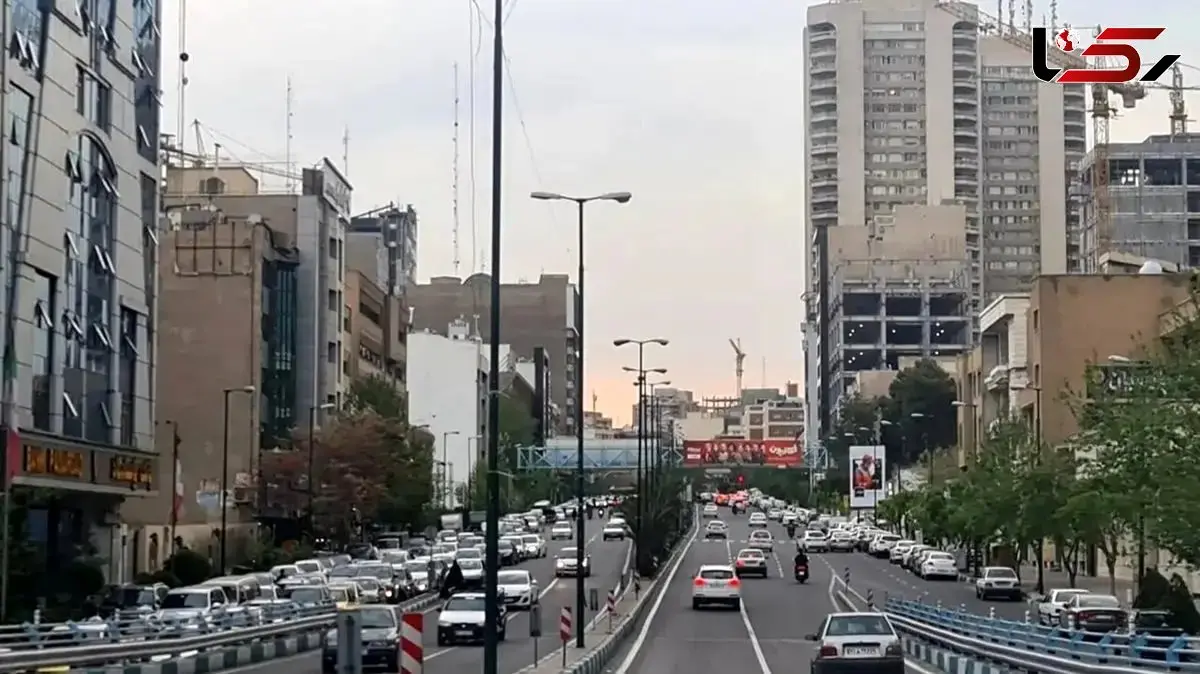Tehran Enters Its 200th Day Without Rain, Setting an Unprecedented Record in the Past 60 Years
Rokna Social Desk: Tehran has now reached an astonishing milestone of 200 consecutive rainless days; from April 27 until today, not a single drop has fallen on the city. While the climate crisis plays a role, this situation is also the result of years of environmental degradation, uncontrolled construction, and managerial neglect of environmental warnings.

According to Rokna’s social affairs correspondent, today marks the 200th day without rainfall in Iran’s capital. From April 27 until today, Tehran has experienced nearly seven months of absolute dryness in a city once known for its spring and autumn rains, which were part of its collective memory. According to meteorological data, this figure is unprecedented in the past sixty years. However, it is more than just a number; it signifies a profound change in the natural climate rhythm and the vital mechanisms of urban life, making even breathing in the city increasingly difficult.
In the past, Tehran had a semi-arid but relatively balanced climate. Rainfall in Farvardin and Ordibehesht, although brief and scattered, quenched the thirsty land and revitalized the air. However, decades of human interference have disrupted this cycle. Extensive destruction of vegetation in the northern hills and slopes, converting natural water paths into highways and skyscrapers, continuous construction, air pollution, and rising surface temperatures have all contributed to the clouds’ unwillingness to linger over Tehran.
Moreover, regional climate changes have played a significant role. Western wind patterns that once carried rain-bearing systems from the Mediterranean to the Iranian plateau have shifted due to global warming and rising water temperatures. Consequently, precipitation systems are either diverted northward toward the Caucasus or release their moisture before reaching the capital.
Additionally, flawed water management policies have exacerbated the crisis. Unregulated dam construction, drying up wetlands, and a multitude of illegal wells around Tehran have not only depleted groundwater reserves but also disrupted the local humidity cycle. A city that once relied on gardens, green spaces, and flowing water for cooling is now trapped amidst concrete, asphalt, and airborne particulates.
When rain fails to fall, everything changes—air quality, public health, drinking water reserves, and even the mood of residents. Tehran, once known for its mist, rainfall, and the scent of fresh earth, has become a city where the sky neither rains nor appears blue.
The 200 days without rain is not merely a climatic record; it is a warning for a city that can no longer rely on “heavenly mercy.” If environmental and urban policies remain unchanged, and Tehran continues to operate under the logic of “build and consume,” a day may come when rainfall becomes not a natural event, but merely a memory of the past.
Send Comments